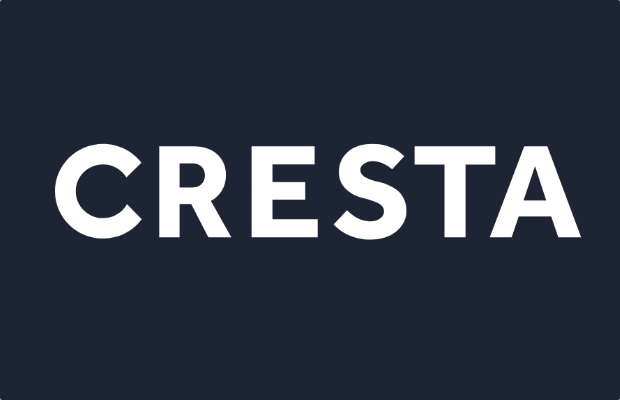H1 international cat losses likely around long-term average of US $8.5bn: CRESTA

The CRESTA organisation, which tracks catastrophe events outside the US that have generated insurance industry losses of over USD 1 billion, has revealed that aggregate losses in H1 of 2024 are expected to be around the long-term average of US $8.5 billion.
This information comes as part of an update of the CRESTA Industry Loss Index (CLIX), in which a total of 21 Cat events from the past three years were reviewed.
Loss numbers were reportedly revised or finalised for ten events, with the most significant revision being for the industry loss from the severe convective storms in Northern Italy in July 2023, which now stands at USD 5.7 billion, up from USD 4.8 billion.
Three events which occurred in the Q2 of 2024 were also added to the CLIX Loss List, which included the flash floods in Dubai and neighbouring countries in mid-April (initial estimate USD 2.3 billion), the hailstorm event in Japan’s Hyogo prefecture on 16 April (initial estimate USD 1.1 billion), and the flood event in Southern Germany at the beginning of June.
“The Dubai Floods are the first multi-billion Cat event in the Middle East in the CLIX Loss List which goes back to the year 2000,” CRESTA observed.
The organisation continued, “With only the Japan Noto Earthquake exceeding USD 1 billion in the first quarter of 2024, the total count for international billion-dollar Cat events is four in the first half of 2024, with aggregated losses likely to be around the long-term H1 average of USD 8.5 billion.”
Matthias Saenger, CRESTA CLIX team member, commented, “With the release of the CRESTA CLIX second quarter update we can see that there was average Cat loss activity for the first half of 2024 coupled with upward revisions for events from prior years.
“These increases in insured losses over a period of time demonstrate the importance of our approach of reviewing loss figures up to a maximum of three years after an event.
“This process enhances the accuracy of industry loss numbers which are fundamental for both the assessment of natural catastrophe risks and its management through insurance and reinsurance solutions.”






